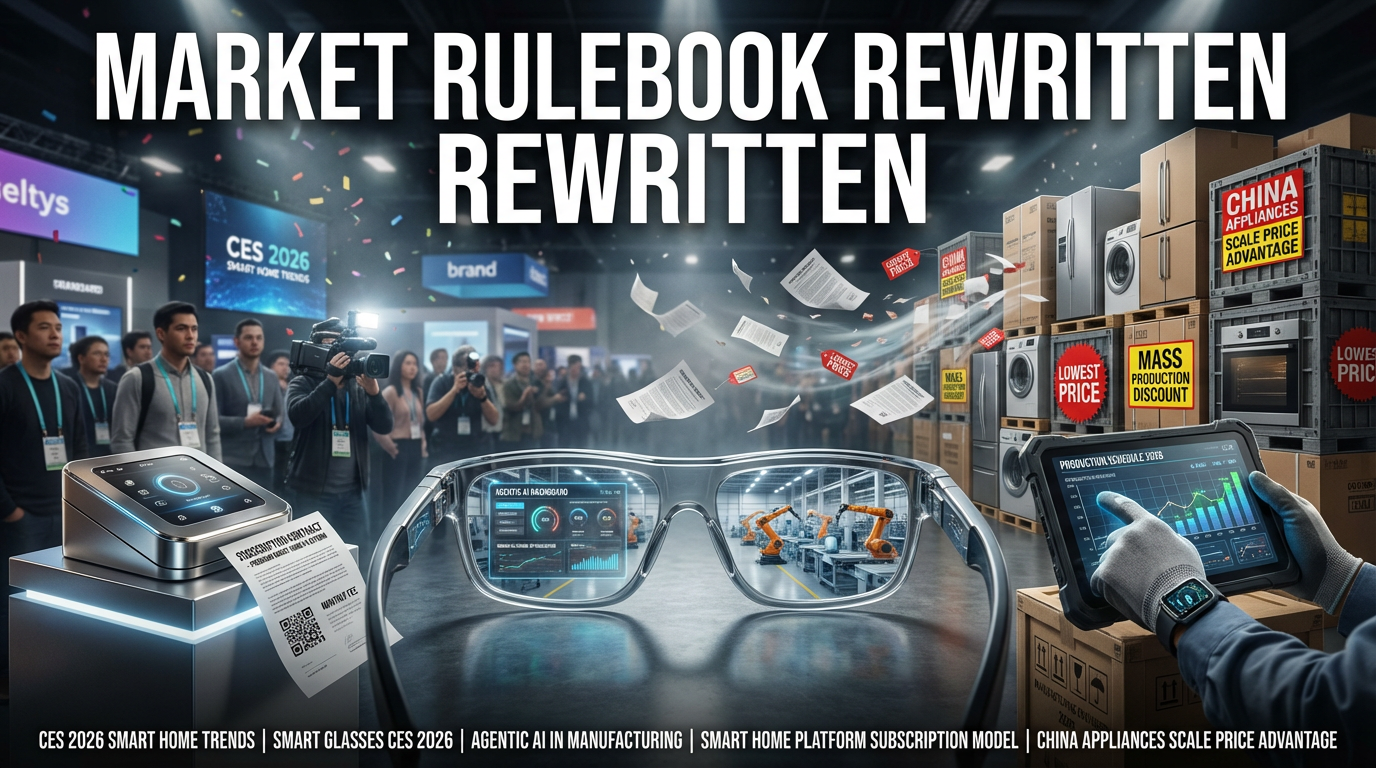GM Cuts Funding for Cruise in Autonomous Tech Pivot
In a significant shift, General Motors (GM) announced it will cease funding its subsidiary Cruise, a pioneer in robotaxi technology, to focus its resources on incorporating advanced autonomous systems into personal vehicles.
Details:
On December 10, 2024, GM revealed its decision to halt financial support for Cruise as part of a broader plan to integrate its existing autonomy development into its in-house systems. The company will prioritize its “Super Cruise” driver assistance system, which already logs over 10 million miles monthly across more than 20 GM vehicle models. This move reflects GM’s strategy to allocate capital efficiently amidst an increasingly competitive robotaxi market dominated by companies like Waymo, Zoox, and Tesla’s Cybercab.
While GM currently holds a 90% stake in Cruise, they aim to acquire the remaining shares and restructure the subsidiary. CEO Mary Barra emphasized aligning Cruise’s early innovations with GM’s massive manufacturing scale to enhance future strategies in transportation.
The restructuring is expected to save GM over $1 billion annually upon completion, slated for mid-2025. The focus will shift from commercial robotaxis to developing autonomous features in personal vehicles, ensuring enhanced safety, convenience, and accessibility for customers.
Reaction:
Kyle Vogt, Cruise founder who resigned following an October 2024 accident involving a Cruise robotaxi, criticized GM on social media. He referred to the decision as shortsighted in light of increasing sector competition and public interest in self-driving technologies.
Meanwhile, Tesla, known for its advancements in Full Self-Driving (FSD) software, has reignited industry conversations about licensing its autonomous-driving tech to competitors like GM and BMW. Elon Musk has hinted at such licensing opportunities, but no formal agreements have been reached.
Conclusion:
GM’s pivot symbolizes a notable transformation within the auto industry’s approach to autonomous technology, signaling a shift from robotaxis to integrating autonomy directly into personal vehicle ecosystems. This move aligns with financial prudence while aiming to leverage GM’s manufacturing scale for greater technological integration.

< Summary >
Header
GM halts Cruise funding to focus on in-house autonomy.
Detail
On December 10, GM announced an end to Cruise robotaxi financial support, reallocating its budget toward enhancing the “Super Cruise” hands-free driver assist in its vehicles. This decision comes amidst competition from other robotaxi giants like Tesla, Waymo, and Zoox.
Main Takeaways
- GM shifts to autonomy in personal vehicles, away from commercial robotaxis, saving over $1 billion annually by mid-2025.
- Emphasized Cruise integration into GM’s existing models for operational efficiency.
- Speculation increases over Tesla offering its FSD tech as a licensed product to companies like GM and BMW.
< 핵심내용 요약 >
제목
GM, Cruise에 대한 자금지원을 중단하고 자율주행 기술에 집중 전환
세부사항
2024년 12월 10일, GM은 Cruise의 로봇택시 사업 지원을 중단하고 자체 차량에 “Super Cruise” 운전자 지원 시스템을 통합하는 데 초점을 맞추겠다고 발표. 이는 Waymo, Zoox, Tesla 등과의 치열한 로봇택시 시장 경쟁에 따른 전략적 변화.
핵심내용
- GM은 2025년 중반까지 연간 10억 달러 이상의 비용 절감을 목표로 Cruise를 재구조화하며 개인 차량용 기술 통합에 집중.
- Cruise의 초기 혁신과 GM의 제조 역량을 결합해 자율주행 기술 성과 확대를 추진.
- Tesla의 FSD 라이선스 제공 가능성이 다시 주목받는 가운데, GM과 BMW 등의 논의 가능성 증가.
- Crafted by Billy Yang
English) https://nextgeninsight.net/
Korean) https://next-korea.com


